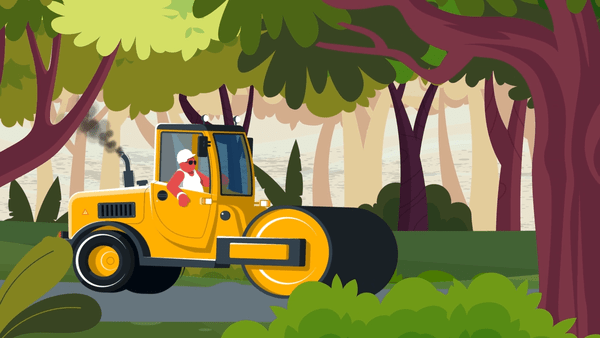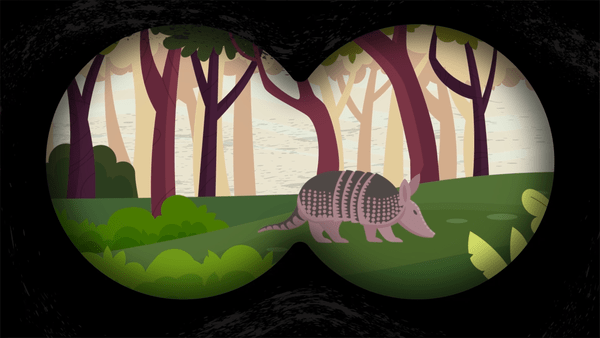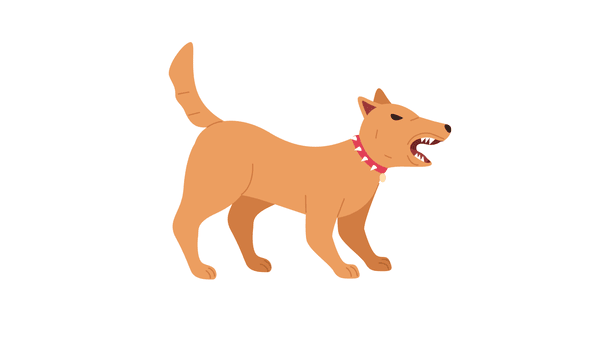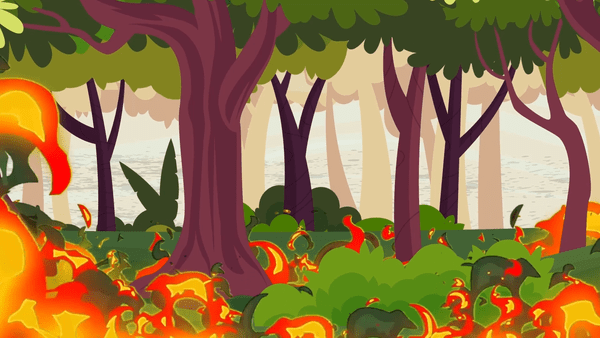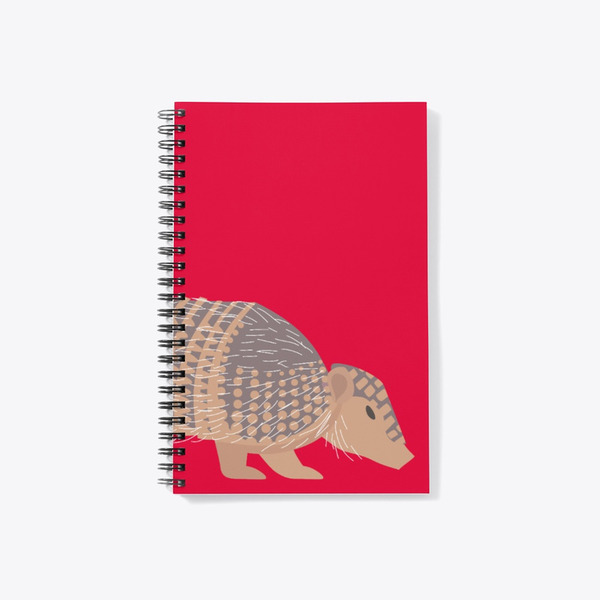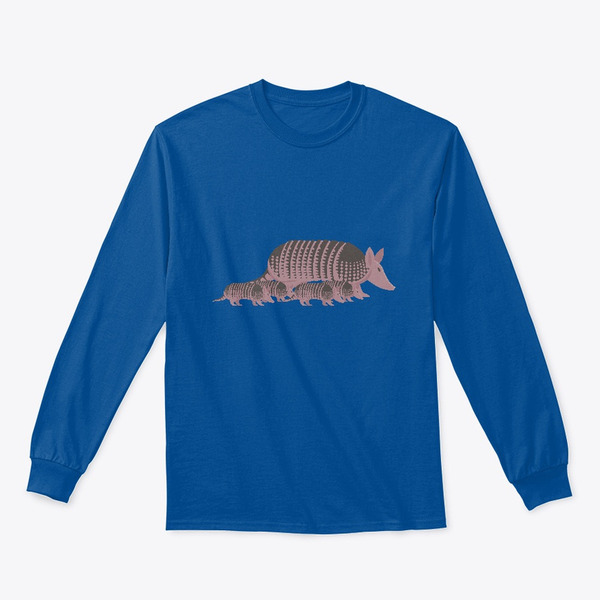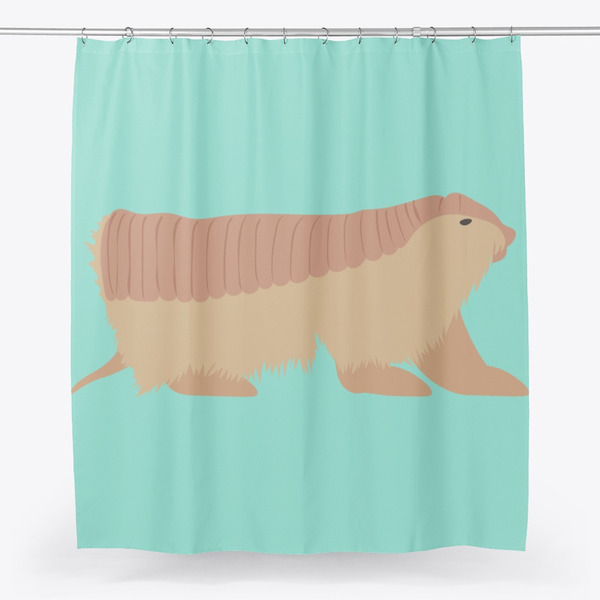
Yungas lesser long-nosed armadillo
Dasypus mazzai
Reproduction: unknown
Weight: 2–2.5 kg
Diet: Assumed omnivore with a preference for insects

Common Names
English – Yungas lesser long-nosed armadillo; Mazza’s mulita
Spanish – Mulita de Mazza; Mulita de Yepes; Mulita de las Yungas
Portuguese – Tatu-de-Mazza
French – Tatou de Yepes
German – Yungas-Gürteltier
How to Identify:
Carapace Grey Moveable bands 7-8 Ears 3.6–3.8 cm, proportionally long Tail 18-23 cm
IUCN Red List
Species are classified into one of nine Red List Categories: Extinct, Extinct in the Wild, Critically Endangered, Endangered, Vulnerable, Near Threatened, Least Concern, Data Deficient and Not Evaluated. Vulnerable, Endangered and Critically Endangered species are considered to be threatened with extinction.

Yungas lesser long-nosed armadillo Facts
- Named in honor of the Argentinean physician Salvador Mazza who dedicated his life to the study and control of the American trypanosomiasis (Chagas disease).
- Originally described as Dasypus mazzai. The type specimen on which its scientific description was based turned out to be a young novemcinctus. Because some other individuals assigned to D. mazzai were clearly different, they were re-classified as Dasypus yepesi. In 2014, researchers provided evidence that this new species was actually the same as the originally described D. mazzai, so its name was changed again.
- Has only been recorded in Argentina, but it may also occur in Paraguay and Bolivia
- Genetic analyses suggest that D. mazzai is related to Dasypus sabanicola, although these species live more than 3500 km apart!
Habitat
- Forests
- Deserts
 Population Trend
Population Trend
• Unknown
 Threats
Threats
• Hunting
• Habitat loss
Here are some ways YOU can help keep armadillos healthy and safe:
– It is best to observe them from a distance and in silence.
– Our pets could attack them. It is important to keep your dog on a leash when you go for a walk, or keep your pets at home in an enclosed and safe area. In addition, taking care of our pets also means spaying and neutering them so that they do not breed without control.
– Another way to help protect the areas where armadillos live is by not starting fires.
– Armadillos love to live in nature, keeping them as pets is not good for them. Keep in mind that they don’t like selfies either.
– If you find an injured armadillo, contact a wildlife hospital so they can help it.
– Deforestation is often caused to make more land for livestock. Eating less meat may help save our forests.
Dasypus mazzai can be found in the below country.
Click to learn what other xenarthran species live there too!
Test your new knowledge!
Test your new armadillo expertise by visiting our armadillo word search, puzzles, coloring sheets and name games!
Check out this video to see how much you have learned!
The Anteater, Sloth, Armadillo Specialist Group has a store that directly helps xenarthran conservation!


 Population Trend
Population Trend Threats
Threats